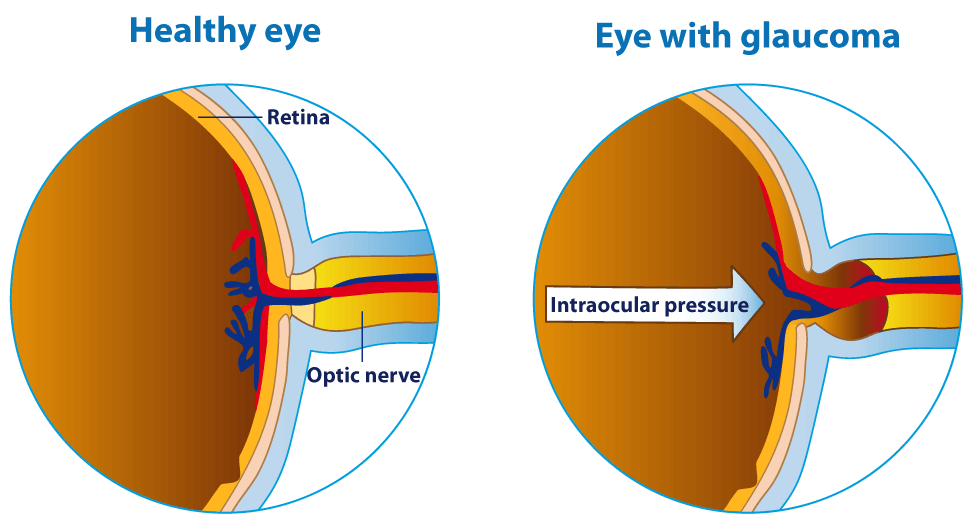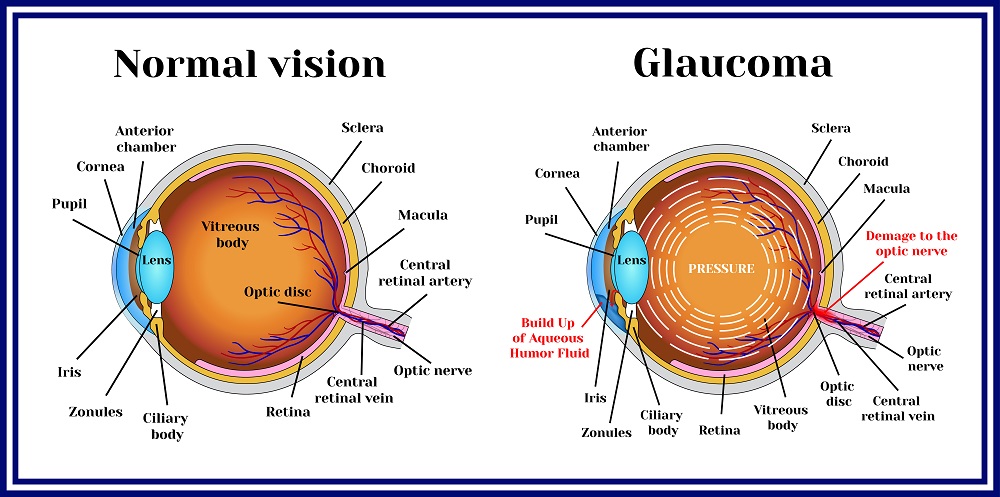Find the Best Glaucoma Service Near Me: Top-rated Eye Specialists
Find the Best Glaucoma Service Near Me: Top-rated Eye Specialists
Blog Article
Recognizing the Various Vision Modification Procedures Available for Clearer View
In the world of vision improvement procedures, a wide variety of choices exist to deal with refractive errors and supply people with clearer view. From the widely recognized LASIK surgery to less invasive treatments like PRK and implantable lenses, the field of ophthalmology uses a series of methods tailored to fit various needs and preferences. Each treatment comes with its very own collection of considerations, benefits, and possible threats. Understanding the nuances of these vision adjustment methods is essential for making informed decisions concerning one's aesthetic health. Let's explore the intricacies of these treatments and shed light on the path to achieving boosted vision quality.
LASIK Surgical Procedure
LASIK surgical procedure is an usual refractive treatment utilized to correct vision issues such as nearsightedness, astigmatism, and farsightedness - refractive surgeries in al. This medical technique, which stands for Laser-Assisted sitting Keratomileusis, intends to improve the cornea to boost just how light is concentrated on the retina, eventually enhancing vision quality. During the treatment, a slim flap is created on the cornea, and a laser is made use of to get rid of exact amounts of cells to reshape it appropriately. This improving allows for light to be properly concentrated onto the retina, remedying refractive errors.
One of the key advantages of LASIK surgical procedure is the rapid improvement in vision experienced by clients. Generally, LASIK surgical procedure is a preferred choice for people looking for a lasting solution for their vision problems.
PRK Procedure
While also a common refractive procedure, the PRK (Photorefractive Keratectomy) technique varies from LASIK surgical treatment in its strategy to remedying vision problems. In PRK, as opposed to producing a flap on the cornea, the external layer of the cornea, called the epithelium, is entirely gotten rid of. This allows the laser to improve the cornea to remedy refractive errors such as astigmatism, nearsightedness, and farsightedness straight externally.

In spite of the longer recuperation time, PRK can generate outstanding cause vision improvement, making it a useful choice for those that might not appropriate candidates for LASIK surgical treatment.
Implantable Lenses
In comparison to PRK where the cornea is improved straight, implantable lenses offer another method for remedying vision by placing fabricated lenses inside the eye. This treatment is particularly valuable for people with high degrees of farsightedness, astigmatism, or nearsightedness that might not be appropriate candidates for laser surgeries like LASIK or PRK.
Implantable lenses, also known as phakic intraocular lenses, work by supplementing the eye's natural lens with a synthetic one. refractive surgeries in al. These lenses can be positioned before the natural lens (anterior chamber) or behind the iris and before the all-natural lens (posterior chamber) By readjusting the power and positioning of these lenses, eye doctors can successfully remedy refractive mistakes and boost aesthetic skill
One benefit of implantable lenses is that they are detachable and exchangeable, supplying versatility for future modifications. As with any type of medical treatment, there are threats entailed, such as infection or cataract formation. Patients thinking about implantable lenses need to talk to an eye care specialist to establish the most ideal choice based on their private needs and eye wellness.
Corneal Rings
Corneal rings, also referred to as intracorneal ring segments, are tiny, transparent gadgets placed right into the cornea to deal with vision distortions such as keratoconus. Keratoconus is a condition where the cornea thins and protrudes outward, triggering vision to become distorted. The insertion of corneal rings aids to squash the cornea, improving aesthetic acuity and minimizing the irregular astigmatism triggered by keratoconus.
The procedure for placing corneal rings is minimally invasive and fairly fast, commonly performed as an outpatient treatment. Throughout the surgical treatment, the eye doctor makes a little cut in the cornea and inserts the rings at a particular deepness. Once in location, the rings aid to improve the cornea, offering a smoother surface for light to enter the eye, which can lead to more clear vision.
Corneal rings are considered a reversible treatment, as they can be removed or replaced if needed. eyecare near me. While they might not completely get rid of the requirement for glasses or call lenses, corneal rings can substantially boost vision top quality and total visual comfort for individuals with keratoconus or various other corneal abnormalities
Refractive Lens Exchange
Complying with the improvement of corneal abnormalities with treatments like corneal rings, an additional vision improvement strategy that can address refractive errors is Refractive Lens Exchange (RLE) RLE is a surgery that involves replacing the eye's all-natural lens with an artificial intraocular lens (IOL) to correct refractive mistakes such as presbyopia, farsightedness, and nearsightedness. This procedure is specifically beneficial for individuals who might not be ideal prospects for procedures like LASIK or PRK because of elements such as slim corneas or high refractive mistakes.

Final Thought
In conclusion, there are numerous vision adjustment treatments readily available to help people attain clearer sight. LASIK surgical procedure, PRK treatment, implantable lenses, corneal rings, and refractive lens exchange are all options that can deal with different vision problems. It is necessary for people to talk to their eye treatment service provider to figure out one of the most ideal treatment based upon their details demands and choices. With advancements in technology, attaining improved vision is now much more obtainable than ever in the past.
In the world of vision improvement procedures, a wide variety of options exist to deal with refractive mistakes and supply individuals with clearer sight.LASIK surgical procedure is a common refractive treatment made use of to More Bonuses remedy vision issues such as astigmatism, get more nearsightedness, and farsightedness.While additionally a typical refractive procedure, the PRK (Photorefractive Keratectomy) method differs from LASIK surgical procedure in its technique to remedying vision problems.Adhering to the improvement of corneal irregularities with procedures like corneal rings, an additional vision adjustment strategy that can address refractive mistakes is Refractive Lens Exchange (RLE) LASIK surgery, PRK procedure, implantable lenses, corneal rings, and refractive lens exchange are all alternatives that can deal with various vision problems.
Report this page